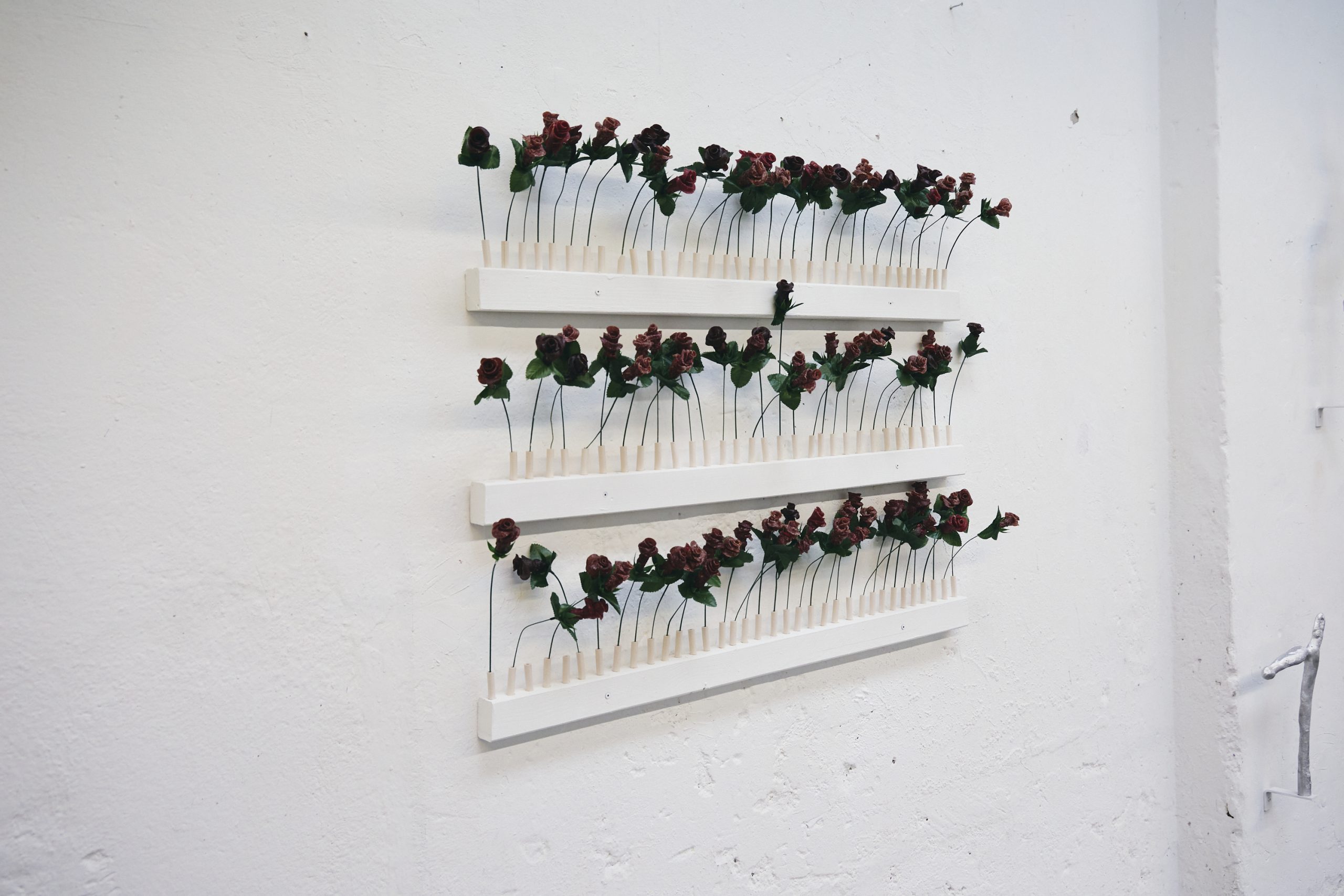…hit me baby one more time
… hit me baby one more time, DIPLOMA SHOW, Academy of Fine Arts, Munich 2021 Diplomausstellung 21.2 Datum: Sa | 17.07.2021 So | 25.07.2021 Öffnungszeiten: täglich | 10:00 – 20:00 Uhr, letzter Einlass
artist

… hit me baby one more time, DIPLOMA SHOW, Academy of Fine Arts, Munich 2021 Diplomausstellung 21.2 Datum: Sa | 17.07.2021 So | 25.07.2021 Öffnungszeiten: täglich | 10:00 – 20:00 Uhr, letzter Einlass
Recyclable coffee cups, recyclable takeaway packaging, napkins made from recycled paper – in urban cafés and bistros, the green revolution seems to have won long ago. We ride our bikes,
Continue reading„HEAD AND SHOULDERS“ 3-CHANNEL-VIDEOINSTALLATION
Bahlo Records auf der Dorstener Str. 5, 44787 Bochum Under Feminist Construction – Feminismus und Arbeit Schaufensterausstellung im Rahmen der feministischen Aktionswochen rund um den Frauenkampftag am 8. März 2021
https://www.schafhof-kuenstlerhaus.de
2021 März Interview, Schafhof – Europäisches Künstlerhaus Oberbayern 2020 RESIDENCY Atelierhaus Salzamt Linz in coop with Europäisches Künstlerhaus Oberbayern
Ultratouch oder basale Stimulation, veröffentlicht im AVISO Magazin https://www.stmwk.bayern.de/kunst-und-kultur/magazin-aviso.html Ultratouch or basal stimulationSound and video installation, 2.28min, loop Ultratouch or basal stimulationVideo / sound installation and performanceKösk Munich 2019Galerie von
Continue readingAVISO, Magazin für Kunst und Wissenschaft in Bayern